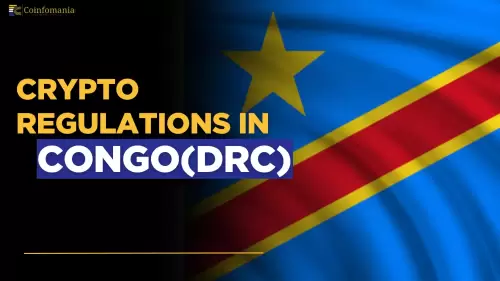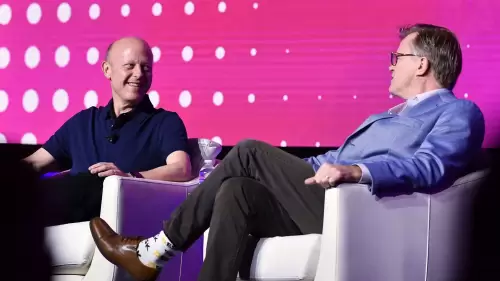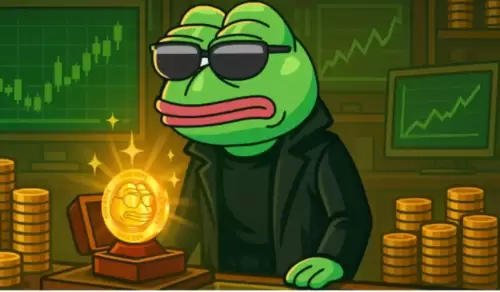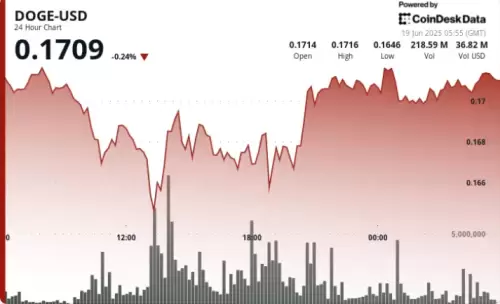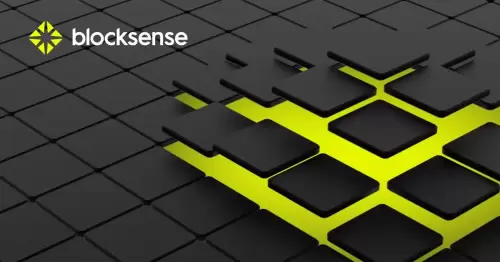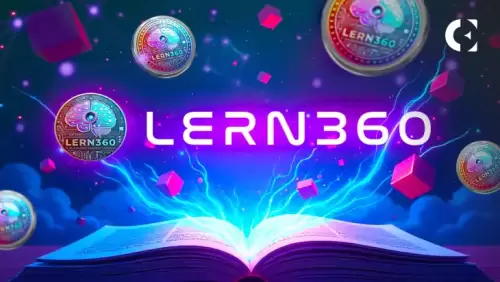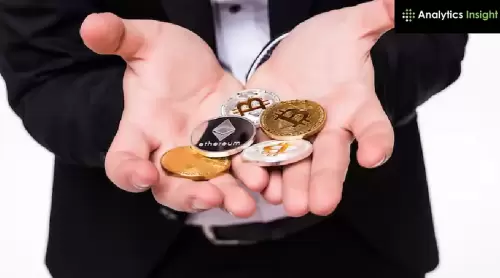 |
|
 |
|
 |
|
 |
|
 |
|
 |
|
 |
|
 |
|
 |
|
 |
|
 |
|
 |
|
 |
|
 |
|
 |
|
ルズミラ・ミタは、エプロンからドルのコインを引き出したときに、エクアドルで果物や野菜を販売していました。コインは、赤ちゃんを運んでいるネイティブアメリカンの女性の顔を持っていました。

Luzmila Mita, a vendor selling fruits and vegetables in Ecuador, pulled out some dollar coins from her apron. The coins featured the face of a Native American woman carrying a baby.
エクアドルで果物や野菜を販売するベンダーのルズミラ・ミタは、エプロンからドルのコインを引き出しました。コインは、赤ちゃんを運んでいるネイティブアメリカンの女性の顔を特徴としていました。
“I always thought she was one of us,” Mita remarked, later adding that she learned the woman was Sacagawea, a Shoshone woman from the U.S. who aided the Lewis and Clark expedition in the 1800s.
「私はいつも彼女が私たちの一人だと思っていました」とミタは言いました。後で彼女は、1800年代にルイスとクラークの遠征を支援した米国のショーショーンの女性であるサカガウェアであることを知ったと付け加えました。
Sacagawea assisted the expedition in communicating with other tribes, identifying edible plants, and navigating unfamiliar terrain. Her presence also signaled peace to other Native groups, as war parties typically didn't include women with babies.
サカガウェアは、他の部族と通信し、食用植物を特定し、なじみのない地形をナビゲートするという遠征を支援しました。戦争党には通常、赤ちゃんの女性が含まれていなかったため、彼女の存在は他のネイティブグループに平和を示しました。
The U.S. Mint has been producing Sacagawea coins since 2000. While they aren't heavily used by Americans, the coins are quite popular in Ecuador. The country switched to using U.S. dollars in 2000 following a major economic crisis. Ecuadorians prefer these coins to the paper bills.
米国の造幣局は2000年からサカガウェアのコインを生産しています。アメリカ人はそれほど使用していませんが、エクアドルではコインは非常に人気があります。この国は、大きな経済危機に続いて2000年に米ドルの使用に切り替えました。エクアドル人はこれらのコインを紙の法案よりも好みます。
In Idaho, Randy'L Teton, the woman who posed as Sacagawea for the coin design, was pleased to hear about the coins' widespread use in Ecuador.
アイダホ州では、コインデザインのサカガウェアを装った女性であるランディル・ティートンは、エクアドルでのコインの広範な使用について聞いたことを喜んでいます。
Teton, a member of the Shoshone tribe, became the only living person to serve as a model for U.S. currency. She traveled across the U.S., promoting the coin. However, it never gained much popularity in the States. Americans disliked that it didn't easily dispense from vending machines and preferred folding bills instead.
Shoshone族のメンバーであるTetonは、米国通貨のモデルとして役立つ唯一の生きている人物になりました。彼女は米国を旅し、コインを宣伝しました。しかし、州ではあまり人気を得ることはありませんでした。アメリカ人は、代わりに自動販売機や好みの折りたたみ請求書を簡単に分配しなかったと嫌いました。
In the U.S., most people view the coin as a collector's item. Tom Carroll, a coin dealer, mentioned that dollar coins never truly caught on.
米国では、ほとんどの人がコインをコレクターのアイテムと見なしています。コインディーラーのトム・キャロルは、ドルのコインが本当に巻き込まれたことはないと述べました。
But in Ecuador, it's paper money that people try to avoid. A taxi driver in Quito stated that he prefers coins because they feel more valuable. Another man working at a café said he rarely sees dollar bills as people often suspect them to be counterfeit.
しかし、エクアドルでは、人々が避けようとするのは紙幣です。キトのタクシー運転手は、彼らがより価値があると感じているので、コインを好むと述べました。カフェで働いている別の男性は、人々が彼らが偽造であると疑うことが多いため、彼はめったにドル手紙を見ているとは思わないと言いました。
Even though the U.S. Mint has sent about $189 million worth of dollar coins to Ecuador, that amounts to only about 10 coins per person. In the U.S., there are about 20 per person, but they're usually kept in collections and not used daily.
米国の造幣局は約1億8,900万ドル相当のコインをエクアドルに送ってきましたが、1人あたり約10コインしかありません。米国では、1人あたり約20人がありますが、通常はコレクションに保管されており、毎日使用されていません。
Teton has never visited Ecuador but would love to go. "I would love to share the story of Sacagawea," she said. "If Ecuadorians are really using the coin, that makes me happy."
テトンはエクアドルを訪れたことがありませんが、行きたいです。 「サカガウェアの物語を共有したい」と彼女は言った。 「エクアドル人が本当にコインを使用しているなら、それは私を幸せにします。」
免責事項:info@kdj.com
提供される情報は取引に関するアドバイスではありません。 kdj.com は、この記事で提供される情報に基づいて行われた投資に対して一切の責任を負いません。暗号通貨は変動性が高いため、十分な調査を行った上で慎重に投資することを強くお勧めします。
このウェブサイトで使用されているコンテンツが著作権を侵害していると思われる場合は、直ちに当社 (info@kdj.com) までご連絡ください。速やかに削除させていただきます。
-

-

-

- 金の密輸、起訴、弁護士:ニューヨークの分
- 2025-06-19 16:25:13
- 金の密輸、起訴、およびクロスファイアに巻き込まれた弁護士の世界に深く飛び込みます。それはあなたが思っているよりも複雑です。
-

-

-

-

-

-























































